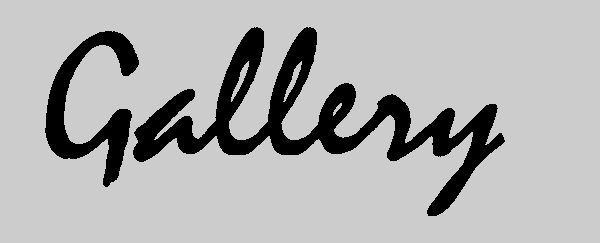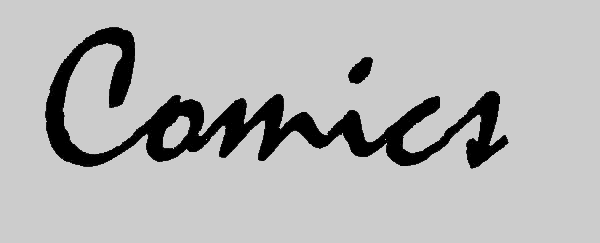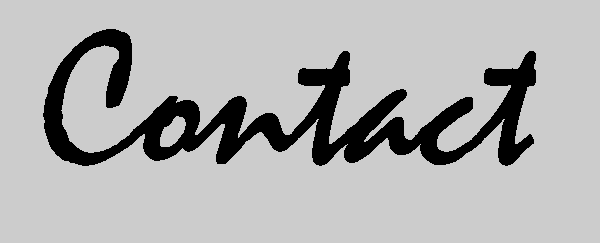












|
The history of the club began in the 70s when Aurora magazine started a column SLON
(elephant). This magazine became a place where the young cartoonists published their humorous
drawings "without words." Among artists grouped around SLON were V. Bogorad, G. Svetozarov, D. Maistrenko, and A. Feldshteyn. They and the "nondrawing artist", the ideologist and the theorist of the cartoon "new wave", M. Kuzmin, became the creators of the Leningrad Cartoon Club (LKK.)
|

|
|
If the abbreviation "SLON" accidentally coincided with the name of the famous GULAG camp, then
the hostile attitude of various officials towards the club was not accidental. The direction,
chosen by the young cartoonists, was found an inadmissible alternative to official cartoons,
monopolized the party magazine Krokodil. The Soviet official cartoon had an aggressive satirical character. The authorities considered it an effective weapon against "ideological enemies" and "single defects still existing in our society." The drawings had to be direct and plain. As a rule they were the illustrations to moralizing and condemning texts.
The cartoonists of the "new wave" willingly refused from captions. They aspired to express
the matter via graphical means only, and to make the semantic capacity of the drawing as large as possible. Satire was not the primary goal anymore. Not a criticism, but a philosophical
comprehension of the world and themselves inside this world became the creative objective for LKK members. Trying to emphasize the difference from the official cartoons, the artists chose the English word "CARTOON" (instead of Russian "karikatura") to designate the special type of
cartoon, gravitated towards the eternal themes, a graphical parable of some kind. In their
vision, CARTOON was something completely different than the editorial, tendentious, "topic of the day" cartoon.
Existential subjects, the expectation of a thinking audience, the interest to the prohibited
themes (erotic, black humor) - everything was suspicious for the party officials, responsible
for the "state of the culture." They detected the nonconformity, which, as everybody knows,
had to be punished. That is why the LKK members had very few chances to show their works in
Leningrad. Nevertheless they manifest themselves abroad, where their names became well known.
They won scores of prizes in prestigious cartoon contests around the globe.
Besides the numerous publications in foreign press and catalogs, some books and albums
appeared in print. V. Bogorad has published three personal albums in East Germany. In 1989 came
out a Leningrad cartoon anthology, designed and released by the Eulenspigel Verlag (East Germany.) At the same time in Leningrad people were passing around the self-made albums, printed illegally on Xerox-machines. Certainly, no prophet is accepted in his hometown.
|

|

|
The history of LKK - it is not just the story of the fight for the freedom of expression. It is also the story of the unique art school for professional cartoonists. The weekly club meetings included so called "blitz-tournaments", in which the participants had to express the given theme graphically in 10 minutes. These tournaments were like brain-storms so popular in the scientific community. They contributed much to the creation of the non-standard, intellectual cartoon.
Even with all the difference in their styles, Leningrad cartoonists share common
artistic goals. Their works show development from the simple graphic jokes toward the
more deep conception of the world. Humor becomes more interesting, when laughter blends
with the sadness, anxiety, and love. The tendency to complicate the cartoon's figurative structure broadens the borders of the genre.
In the 90s all the censorial restrictions have collapsed. Freedom of speech and self-expression
have cancelled the need in Aesopian language (the great stimulator of creativity). If during the communist time the alternative cartoonists could survive only in a group, after the perestroika it became easier to go alone. The friendly and professional bonds remained intact, but the LKK practically ceased to exist. Nevertheless it has left a special imprint (not known by many) on the art history of Leningrad-Petersburg.
Vladislav Bugaev, 1996.
Translated from Russian with some abridgements by Andrey Feldshteyn.
To read the complete Russian version click here.
|

|








